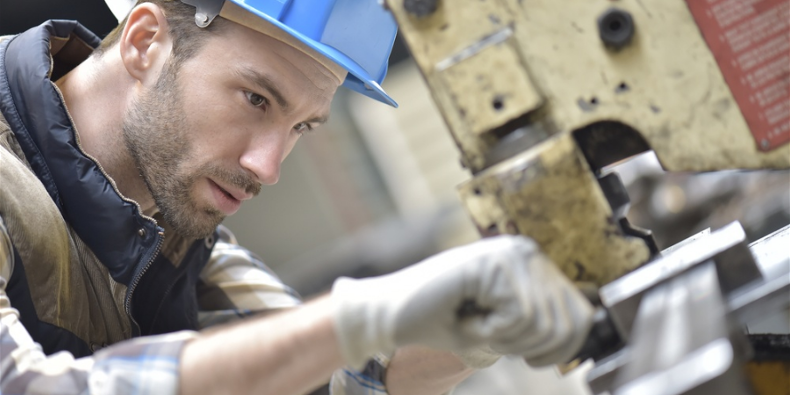10 Facts about Steel

Steel is an essential part of our everyday life and especially in mechanical engineering an indispensable material. We would not be where we are today without it. Through research the areas of applications are broadening, new types of steel are developed and cover even more areas. It is astonishing how many varieties are available.
Recently we have published some interesting facts about natural rubber and there are some aspects about steel we want to share with you:
- According to the general definition steel is an alloy of iron and carbon. A Germanic legend says that Wayland the Smith fed iron filings to his chicken and forged a sword out of their droppings which exceeded all other swords. Even though this is quite abstract, the story bears a certain basis: today we know that the included nitrogen actually must have improved quality of the steel.
- Research and development enable us to find the best suitable type for each application. Meanwhile there are existing about 2.500 different types of steel with new ones added each year.
- On April 26, 1986 a huge explosion happened at the Ukrainian nuclear power plant in Chernobyl. During this accident the reactor block 4 was damaged and nuclear radiation emitted. Last year a steel construction with the weight of 40,000 tons was moved into place to cover the so called “sarcophagus” made of steel and concrete which was built hastily after the accident happened. It is supposed to prevent radiation leaks and to allow a secure disposal of the nuclear waste.
- Each year more than 630 million tons of steel are recycled worldwide and processed into new products. So steel is a recycling champion. Passing the recycling process steel retains its properties and can be used again and again.
- In 1883 steel was used to build a skyscraper for the first time. Since then steel can be installed much more efficient. The Golden Gate Bridge for example was built with 83,000 tons of steel in the early 1930s. Today only half of the material would be necessary due to improved properties and optimized construction.
- The most valuable types of the famous Samurai swords are made of tamahagane steel. This special steel is made of iron sand and contains less phosphorus and sulfur than the steel made out of iron ore.
- In 1922 Dodge presented the first car available as a serial model with an all-steel body. Until then, a construction of wood and steel was common.
- At a height of 324 meters the Eiffel tower is the tallest building in France – and during the summer season it grows by up to 18 centimeters: the heat causes the steel and iron to expand.
- To protect the climate special types of steel are being developed which are significantly lighter compared to conventionally used steel. This is an essential aspect for cars and planes, because the lighter they are built, the less carbon dioxide is emitted.
- The global production of crude steel reached roughly 1.796 million tons in 2016. Even though the employment figures have been decreasing in developed regions during the past decades, around 2 million people worldwide are directly employed in the steel industry; an additional four million work for contractors. Furthermore, considering the industries associated with the steel production, this sector provides jobs for about 50 million people worldwide.
For many high-quality products steel is absolutely essential. Because its properties make it possible to continuously develop new and better products. In the form of thin steel sheets it is installed in car bodies, springs made of steel need to absorb high stresses from impacts. Additional requirements are for example wear resistance, excellent stability at high temperature or fulfilling hygiene guidelines for the food or medical industries. Thus, it is indispensable for mechanical engineering and due to the changeable physical and chemical properties there are almost no limits for new applications.


Comment